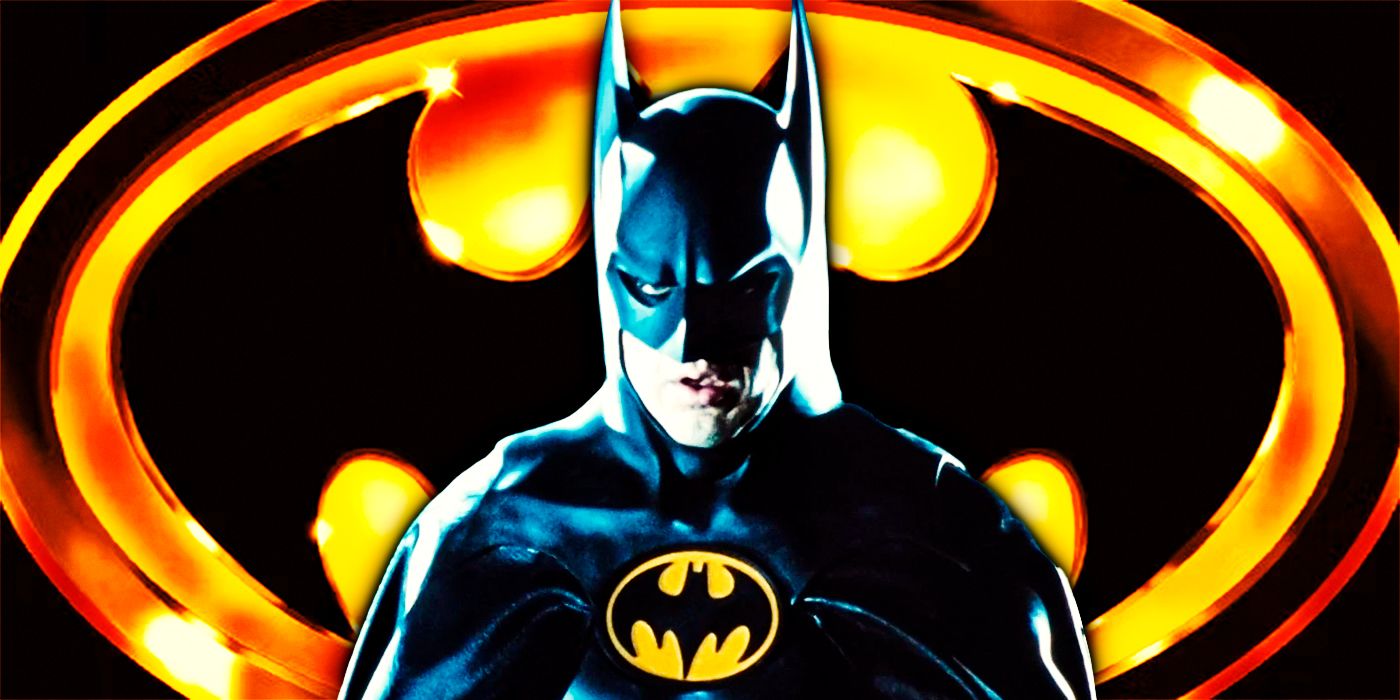Some 35 years after Tim Burton's Batman debuted, there are two ways to regard the late-20th Century comic book movie. The first is to view it in comparison to the dozen or so Batman live-action appearances that followed this movie's footsteps, or consider its place as one of the first truly successful comic book adaptations. Batman stands on its own through either lens, because its filmmakers pioneered a rare approach that modern Batman and superhero adaptations rarely use.
There's no such thing as objectivity when it comes to critiquing art, but those who were around for Batman's marketing and release can't view it without the bias of "Batmania." The movie broke all sorts of records when it came to budget or usage of studio space at Pinewood Studios, home to many big productions before and since. To promote it, posters and key art showing nothing but the oval Batman logo were used. Batman was always popular, but his symbol wasn't as iconic and revered as it is today. What's more, Batman himself wasn't all that respected before the 1989 movie. There was an outcry over Burton casting Michael Keaton -- known then for Mr. Mom and Beetlejuice -- as Bruce Wayne and Batman. Jack Nicholson was one of the biggest and most respectable stars at the time who, along with Jack Palance and Billy Dee Williams, gave the movie and their respective characters an air of credibility that the comics lacked. Most importantly, Batman at the time was best known as Adam West, the Bright Knight who starred in the campy TV series from the 60s. Tim Burton's Batman was the perfect marriage of all these things, and the most integral force behind the Dark Knight's drastic change in the public eye.
Tim Burton’s Batman Made the Caped Crusader Nothing More Than Bruce Wayne's Mask
There Was Little Distinction Between Bruce Wayne and Batman in This Movie
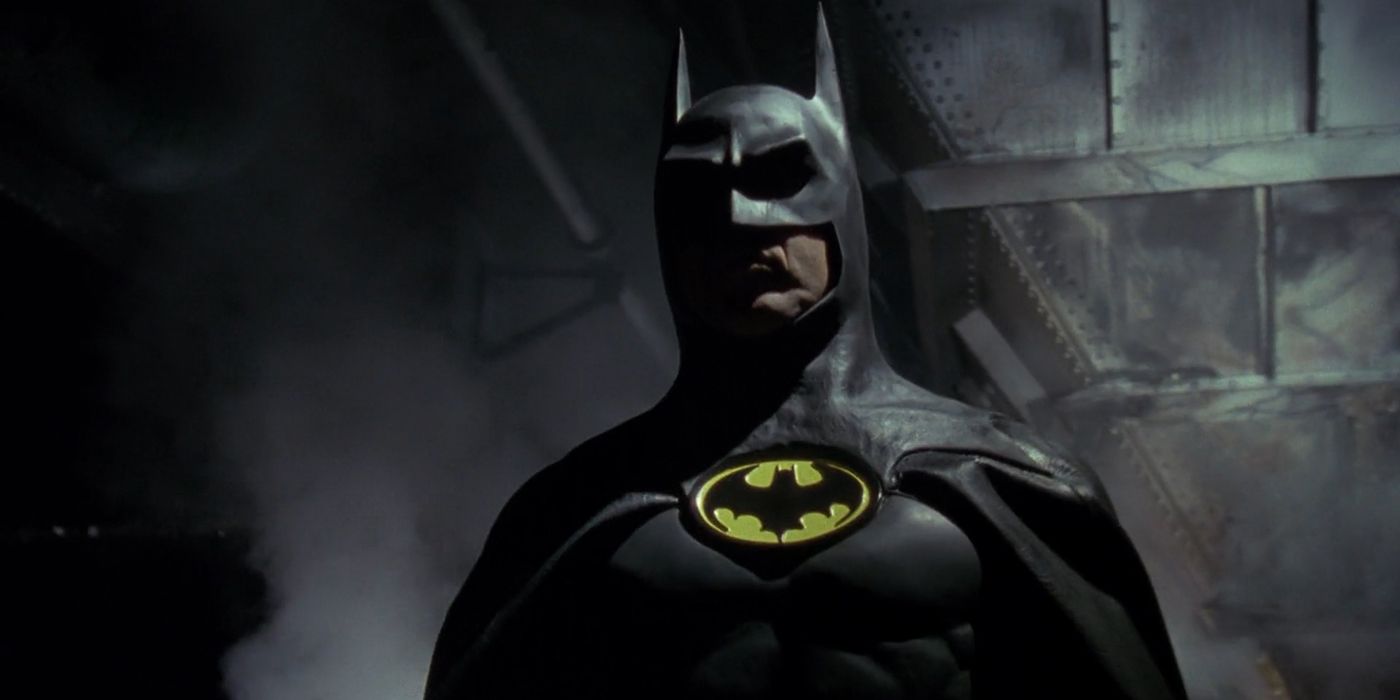
Tim Burton's Batman Has the Best Opening of Any Dark Knight Movie
Tim Burton's Batman film has the strongest opening of any Dark Knight movie because of its effective entrance into the world and the character.In Batman's comics and most recent films, Batman is almost always portrayed as the paragon of justice, while Bruce Wayne was his mask. Batman pretended to be a disgustingly carefree billionaire who drank too much to deflect suspicion about his nocturnal crusade against crime and evil. In brief, Batman was a walking symbol. Batman (1989), on the other hand, had something else in mind. Here, Keaton also portrayed Bruce as a scatterbrained playboy. Sure, he's smarter and more serious than he puts on, but he was always awkward when it came to interacting with people outside his role as the Dark Knight. Keaton's Batman was also a fearsome crusader, but he was notably more human than other portrayals. Unlike other Batman stories, this movie depicted Batman and Bruce as being one and the same. Both seemed lost whenever it came to doing things that didn't involve crime or vengeance. Batman was literally just a mask that Bruce put on, not something grander than him or beyond human. Nowhere was this made clearer than in their relationship with the journalist Vicki Vale.
Bruce's date with Vicki began as artifice before it evolved into a real connection. This was most noticeable when they dined with Alfred in the kitchen. The fact that so many fans thought that Alfred revealed Bruce's secret to Vicki has to be chalked up to subconscious misogyny. The movie made it clear from the moment Vicki started tailing Bruce that she at least suspected that there was more to him and his cheap lie to get out of a second date. After they slept together, Vicki woke up to see him literally hanging upside down like a bat. Bruce went to her apartment after the museum incident to tell her his secret. Comic fans felt this was poor characterization, but in fact, it showed how important Vicki was to Bruce after just one date.
After all, when Batman went to rescue her, he spent most of that sequence running from Joker's goons to prioritize her safety. He only fought them as a last resort when he and Vicki were cornered. Batman actually solves a crime in this movie, too, instead of just punching supervillains. He gave Vicki information about the Joker's planned mass murder through hygiene products as a cover for bringing her to the Batcave. He also needed that film she hid in her bra. However, Vicki took the picture and saw enough of Bruce's face to put it all together. Setting aside how she vanished in the sequel, Vicki is a far more important person to Bruce and Batman than just a damsel in distress they saved.
Jack Nicholson’s Joker Was Great Precisely Because He Deviated So Much From the Comics
Making the Clown Prince of Crime an Artist Is the Joker's Best Motivation Yet
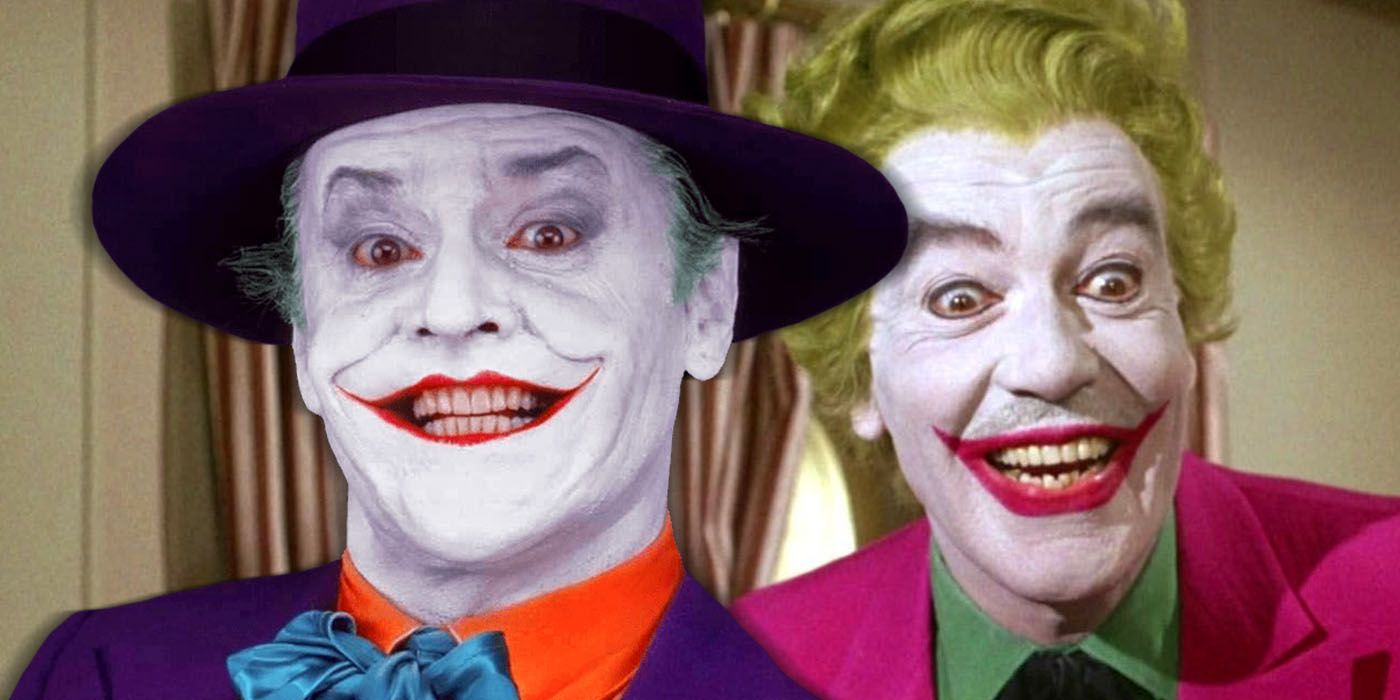
Jack Nicholson vs. Cesar Romero: Which Actor Played the Better Joker?
Over the decades, there have been many live-action versions of the Joker. But between Cesar Romero and Jack Nicholson, which version was the best?The late, great Heath Ledger's Joker in The Dark Knight is considered by many to be the best take on the character, and it's a fair argument all around. However, it could be argued that Ledger's Joker was more an idealogue than a character. He was really more the walking embodiment of chaos than a fleshed-out supervillain. Conversely, Nicholson's Joker (aka Jack Napier) genuinely saw himself as "the world's first fully functional homicidal artist." This gave the 1989 Joker a sensible motivation (relatively speaking) for his campaign of terror across Gotham City and his lack of discernible criminal goals, like money or power. In 1989, the Joker's schemes were artistic expression. Even the moments where the Joker seemingly wanted to control Gotham's criminal underworld were part of his performance. He literally wore a mask of his own, specifically his flesh-colored makeup, for his deadly theatrics. The money he hoarded and stole was used as a grant to fund his art, not finance illegal enterprises. These were just some of the many overt parallels Jack/Joker had to Bruce/Batman. It should be noted that none of these details and motives were faithful to the comics, and the Joker was better for it.
Because this was such an early comic book film, the filmmakers weren't so hung up on the lore or being faithful to the books. After all, DC Comics only got their continuity in order just three years earlier with the Crisis On Infinite Earths miniseries. Back in these days, comics were not the sacred texts that modern fans think they are. In the comics, the Joker's backstory was deliberately a mystery. The Killing Joke was only just being released while this film was in production, after all. It wouldn't be until decades later that Alan Moore's now-iconic but infamous one-shot was treated as Joker's most likely canon origin. The filmmakers needed to give this villain a backstory that wasn't available in the source material. Seeing the Joker as a blank slate, they chose cinematic symmetry over established comic book lore. Besides being Bruce and Batman's dark foil, this Joker was the one who killed the Waynes, and basically created Batman. Batman's line "I made you, you made me first" summed up what Burton and company went for with their Clown Prince of Crime.
Batman’s (1989) Use Of The Wayne’s Death Was the Best in All Batman Films
Other Dark Knight Films Treated This Origin as Perfunctory, but Tim Burton Used It as a Revelation
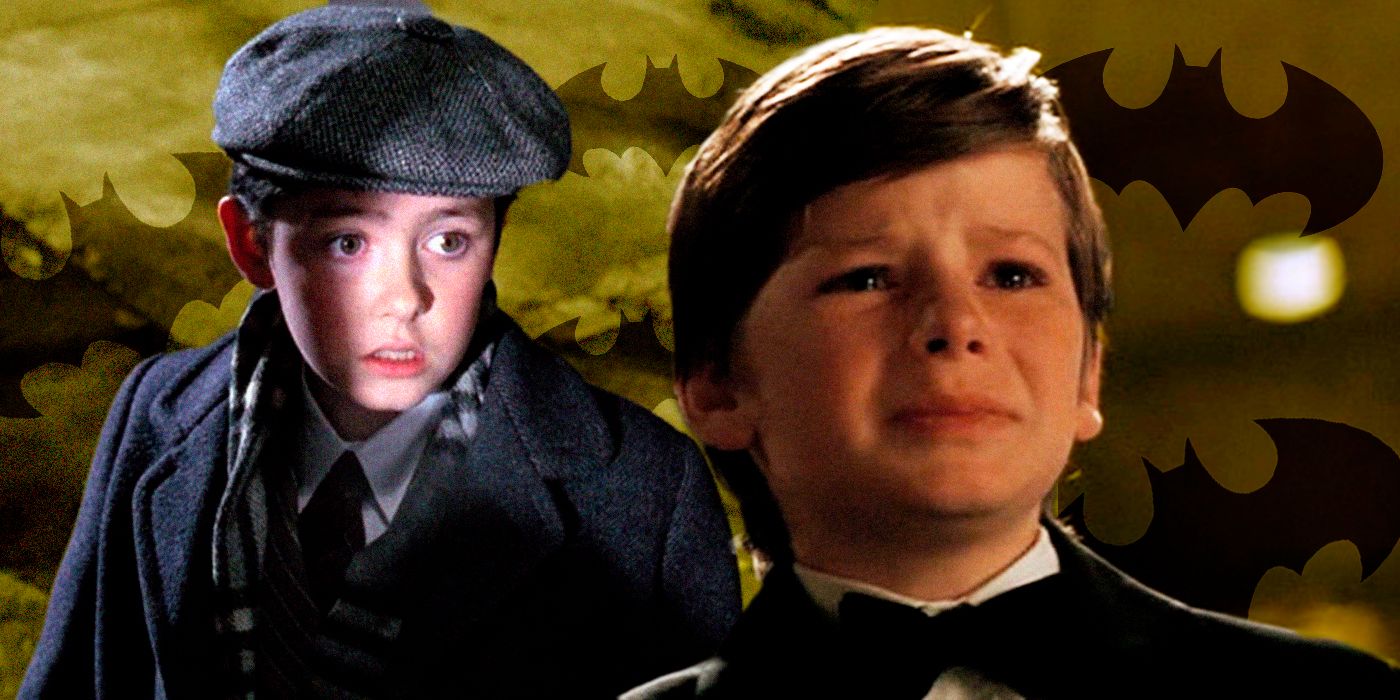
Every Actor to Play Young Bruce Wayne - And What They Did After
Fans often debate who was the best actor to play Batman, but just as many child actors have portrayed young Bruce Wayne across film and television.Batman opened with a couple trying to catch a cab, only to end up being robbed. This evoked the Waynes' deaths and, hilariously, Batman doesn't stop the assault. He only noticed something was wrong when he heard the woman's screams as he loomed atop one of Gotham's towers. In fact, the movie treated the murder of Bruce's parents as something of a surprise. The addition of Jack being the shooter seems like something added to surprise comics fans who already knew that, canonically, it was Joe Chill who pulled the trigger. This may seem odd in today's superhero-obsessed landscape, but back in 1989, only dedicated readers even knew who Joe was.
From the moment Bruce hooked up with Vicki, the revelation about his parents unfolded. Vicki followed him, but instead of catching him in the act as Batman, she saw him pay his respects at the site of their murder. This was something she didn't realize until Alexander Knox pulled up the article about the Waynes' deaths in the newspaper archives. Unlike modern films, the Waynes' deaths weren't as well-known among Gotham citizens (and by extension, audiences). Bruce was well and truly a mystery. The scene in which Vicki shows up in the Batcave can feel a bit contrived today, but it still works because it happens right after the audience saw the deaths of Bruce's parents for the first time.
In later Batman films, Batman was Bruce's mission or quest, and it dominated his life. But in Batman (1989), being Batman was just Bruce's job. While he does it partly because of what happened to his parents, he's not obsessed over it. Alfred has to bring him the file on his parents' murder, implying it's not always at hand. Joker's mocking reaction to Batman accusing him of killing his parents is another instance where the movie suggests that Batman's cowl only works as far as someone hasn't had facetime with Bruce. Bruce wanted to have a life off-the-clock, which is where Vicki comes in. When he directly faces his parents' murderer, she's there to pull him back from falling into full-on obsession and being consumed by hate.
Tim Burton & Anton Furst Created an Unreal World in Batman (1989)
The Filmmakers Didn’t Want Batman (1989) to Look or Feel Real
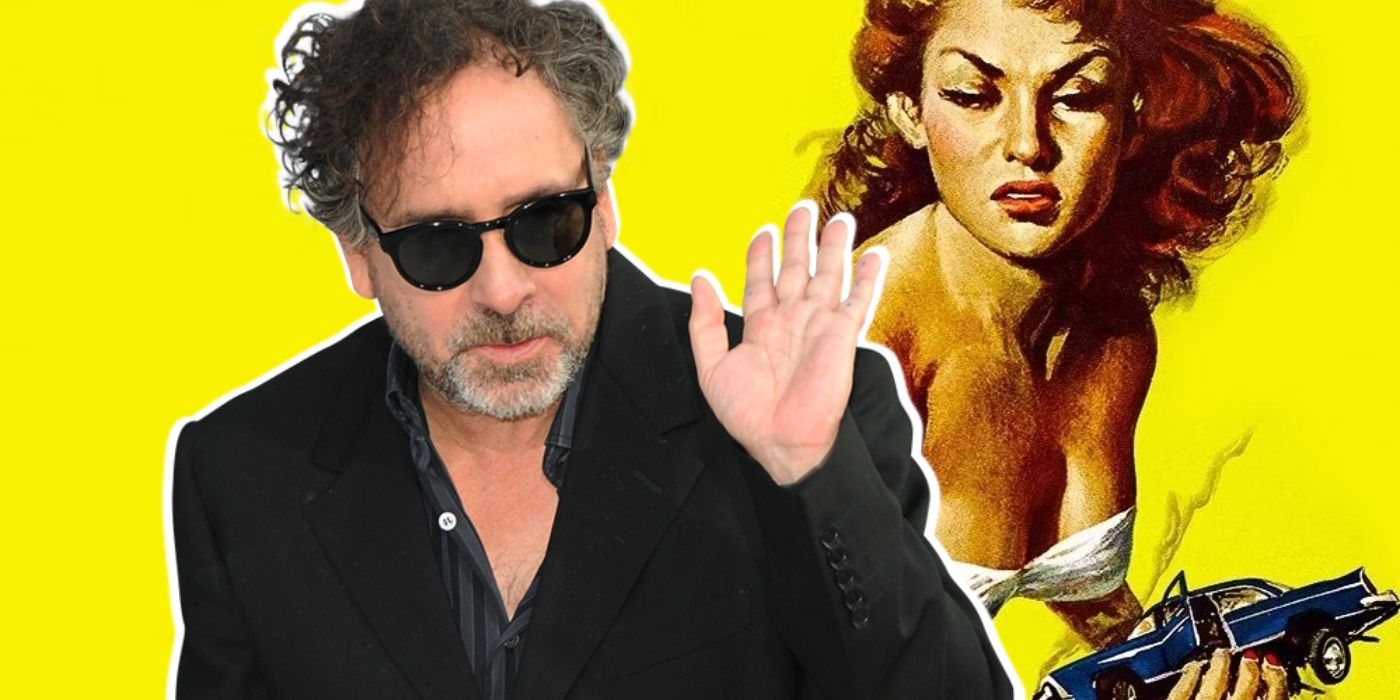
Tim Burton Set to Direct Attack of the 50 Foot Woman Remake
Tim Burton's next movie as director has been revealed as a remake of a 1958 classic.Infamous producer Jon Peters got wind of comic fans' nervousness about Keaton's casting. As the anecdotes claimed, he rushed a trailer to cinemas for Christmas with no voice-over or score. This became one of the most-watched trailers in the pre-internet age, with fans buying tickets to see films just for the trailer, according to producers. In the end, the performances and promise of a dark live-action Batman grabbed would-be audiences, but it was the world created by Burton, production designer Anton Furst and the crew that really sold the film. In truth, Batman's (1989) characters would've come across as shallow if it were set in the real world or some form of grounded reality. Burton did what few comic book filmmakers before or since have done: he embraced comics' inherent artifice to make clear that Gotham City was a world of unreality.
In the DVD special features, Burton himself said that he considered Gotham City to be a parallel universe. He used stylized sets to clearly distinguish his Gothic city from the ones seen in reality. As luck would have it, Furst's anachronistic, art deco designs blended with the clearly and then-contemporary 80s-era cars and cameras. Even the Prince songs used for the soundtrack didn't date the movie, and instead added to the timelessness of the old-style architecture, newspaper offices, and other bits of technology. Batman debuted in 1989, but it could very well be set in any other time period. Unlike succeeding Batman filmmakers like Nolan, Matt Reeves or even Zack Snyder, Burton made it clear that his vision for the Caped Crusader was an alien one where anything was possible.
And unlike successive films, Bamtan's (1989) final battle wasn't a fight for Gotham City itself, or something as abstract as people's capacity for good. Batman merely had to rescue Vicki from the Joker and select goons atop a belltower. Deeper meanings and social parallels could be taken from the movie's characters and fights, of course, but Batman and Joker's fight was a personal feud above all else. Theirs was a selfish and myopic vendetta that could only exist and make sense in the heightened world of comics and superheroes. When the police turned on the searchlights, it even looked as if their beams were two-dimensional animation cells, again adding a subtle level of comic book unreality. Similarly, when Batman showed up in the Batwing, audiences never questioned its existence, nor did it seem implausible that Joker shot it down with a comically long-barelled revolver. In its own ways, the dark Batman (1989) honored the campy roots of the 60s series in ways that future Batman movies never attempted to.
For those watching Burton's Batman for the first time in 2024, even with knowledge of the other Batman films, it still works. This is truly a comic book movie; those living in its world don't follow the rules of the real world, and they're better for it. There is an unashamed sense of fun, even when Batman clearly kills people. Batman is the perfect blend of taking the story seriously and embracing the surreal possibilities of fantasy. This adaptation is truly a comic book that came to life.
Batman is now available to own on DVD, Blu-ray and digital. It streams on Max, Prime Video and Sling TV.
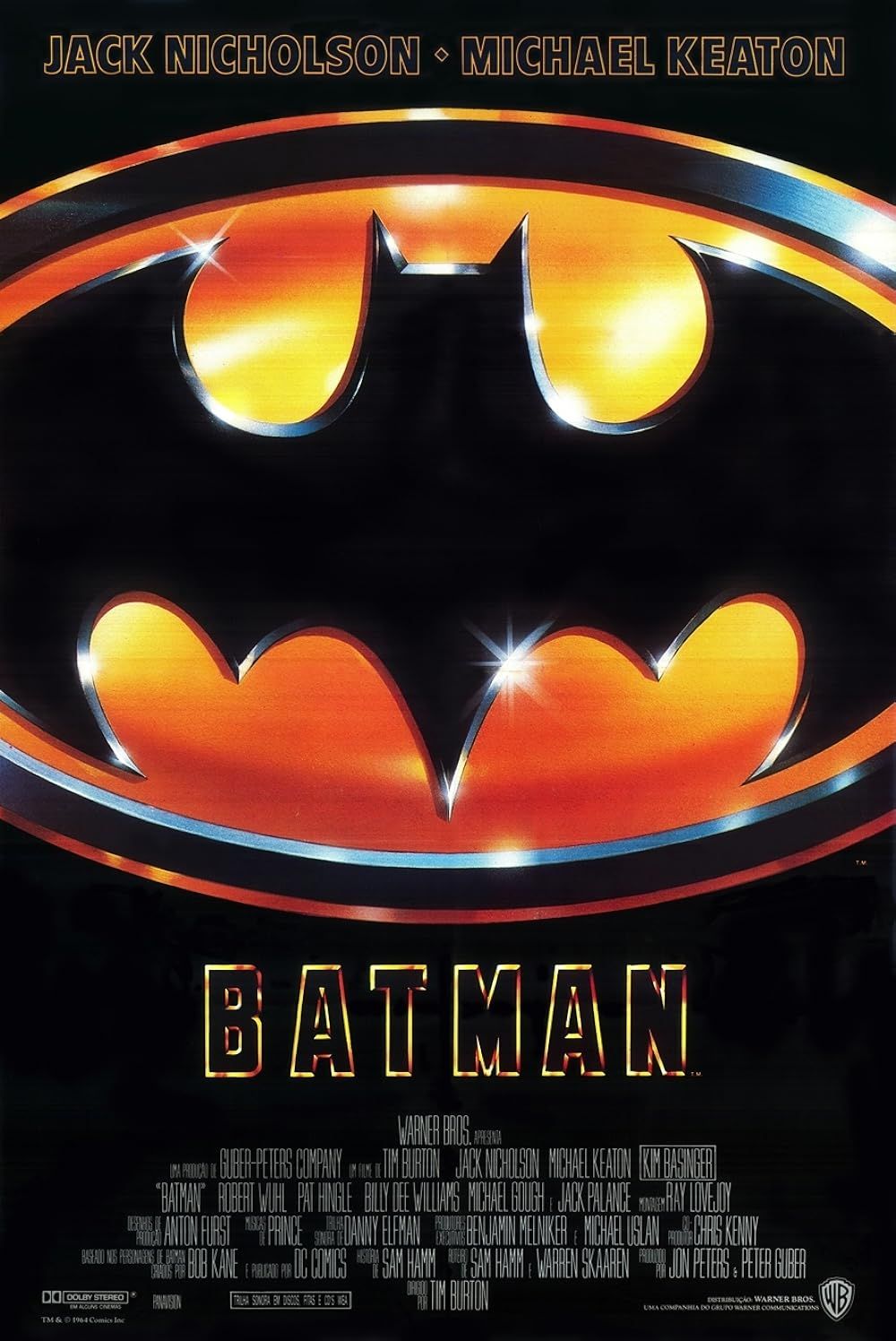
Batman (1989)
The Dark Knight of Gotham City begins his war on crime with his first major enemy being Jack Napier, a criminal who becomes the clownishly homicidal Joker.
- Director
- Tim Burton
- Release Date
- June 23, 1989
- Cast
- Michael Keaton , Jack Nicholson , Kim Basinger
- Writers
- Bob Kane , Sam Hamm , Warren Skaaren
- Runtime
- 126 minutes
- Main Genre
- Superhero
- Production Company
- Warner Bros., The Guber-Peters Company, PolyGram Filmed Entertainment
- A fantastical world with a timeless construction and design.
- Jack Nicholson playing the Joker as a 'homicidal artist' is inspired.
- Maybe the only Batman film about Bruce Wayne first.
- Vicki Vale was given short shrift as a character in her own right.
- The fight sequences are downplayed due to budget and costume mobility limitations.
- Character motivations and realizations are left to subtext, meaning some viewers miss them.

